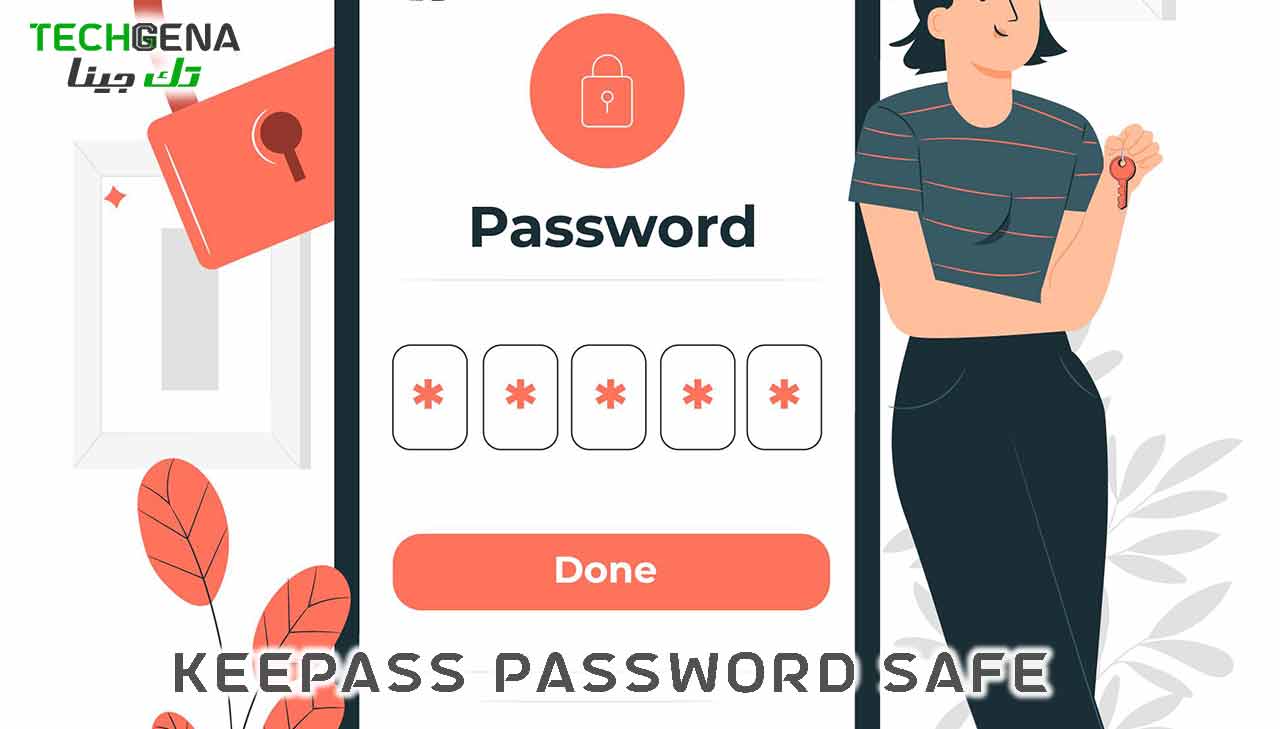

But it’s also possible for a trigger action to execute a command line or open a URL. A trigger can cause KeePass to import or export the password database, open a specified database, or sync the current database with a backup file or URL. Most of the available actions relate to internal KeePass operations. More tellingly, KeePass can activate a trigger conditionally, based on whether a specified remote host is available. You can configure a trigger to only launch on the condition that a certain environment variable matches a specified value, or a certain file is present, among other things. Yes, you can even customize buttons in the KeePass user interface. Advanced users can configure a time-based trigger, or a trigger launched by a custom button. Many triggers revolve around simple events such as starting the program, opening a password database, stopping the program, or saving a database. It's Surprisingly Easy to Be More Secure Online If a trigger event occurs and any necessary conditions are met, KeePass performs the action. And it’s all based on a system of triggers, conditions, and actions (Opens in a new window). Aficionados love to create and share scripts that bend the product’s features to do exactly what they want. KeePass is extremely customizable, more than any password manager we’ve seen. Just what’s going on with KeePass? Let's break it down. The founder of KeePass disputes the claim, albeit indirectly. However, a researcher recently revealed (Opens in a new window) a long-standing problem with KeePass that would allow an attacker to exfiltrate all your locally stored passwords using nothing more high-tech than Notepad.

Password management solutions that store all passwords on your local device, like the free open-source KeePass, start to look really attractive. In the wake of the recent LastPass breach and the Norton Password Manager credential-stuffing attack, you might have second thoughts about storing passwords in the cloud. How to Set Up Two-Factor Authentication.

How to Record the Screen on Your Windows PC or Mac.

How to Convert YouTube Videos to MP3 Files.How to Save Money on Your Cell Phone Bill.How to Free Up Space on Your iPhone or iPad.How to Block Robotexts and Spam Messages.


 0 kommentar(er)
0 kommentar(er)
